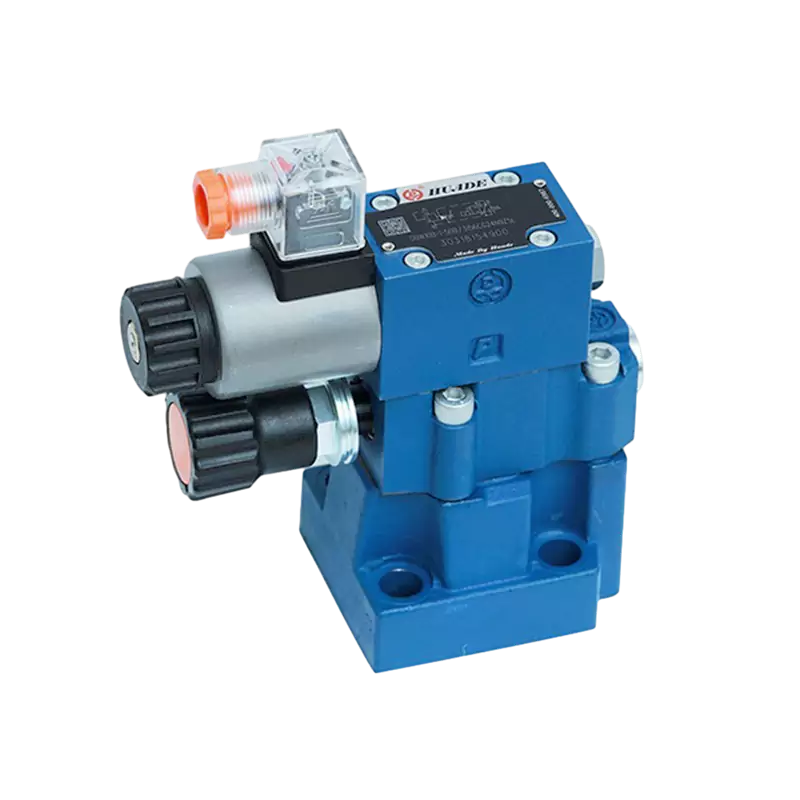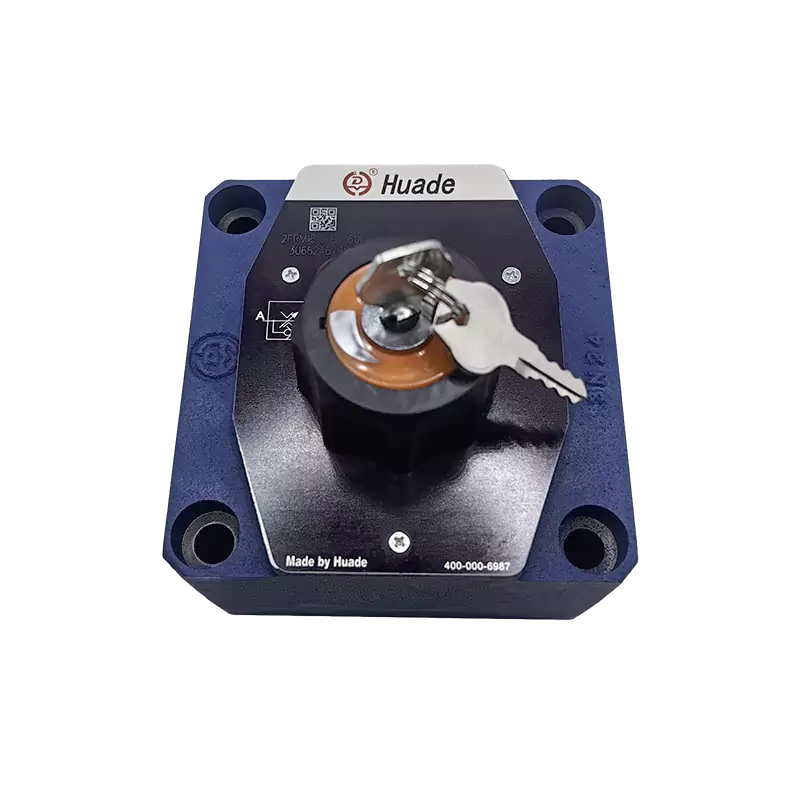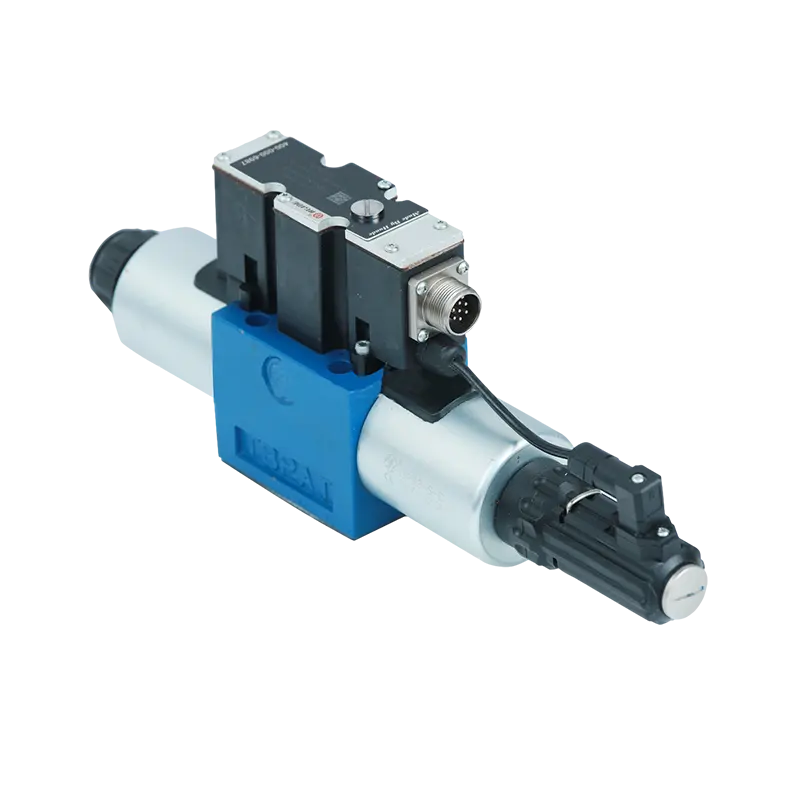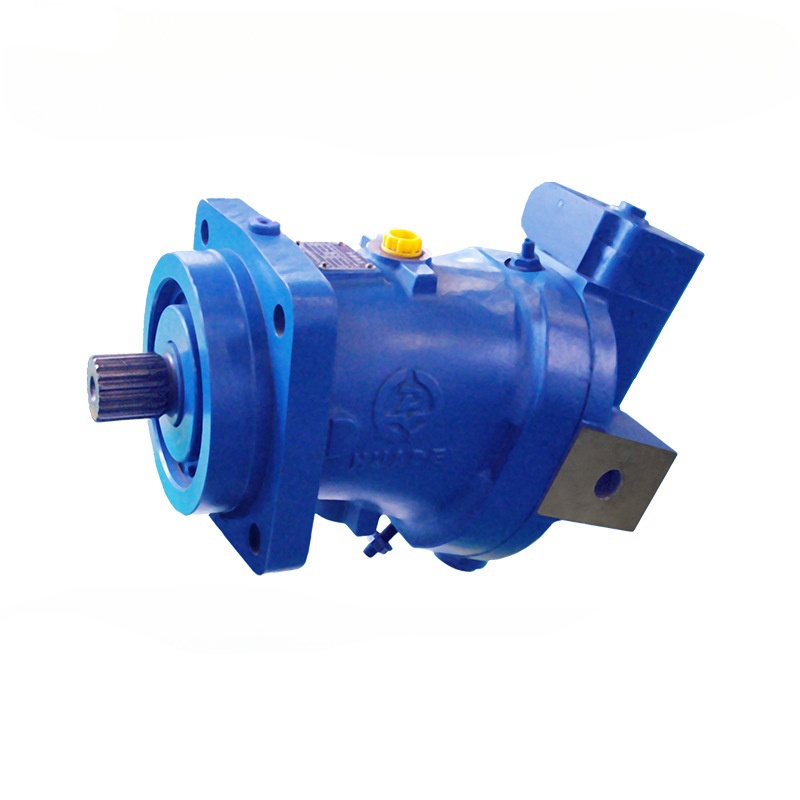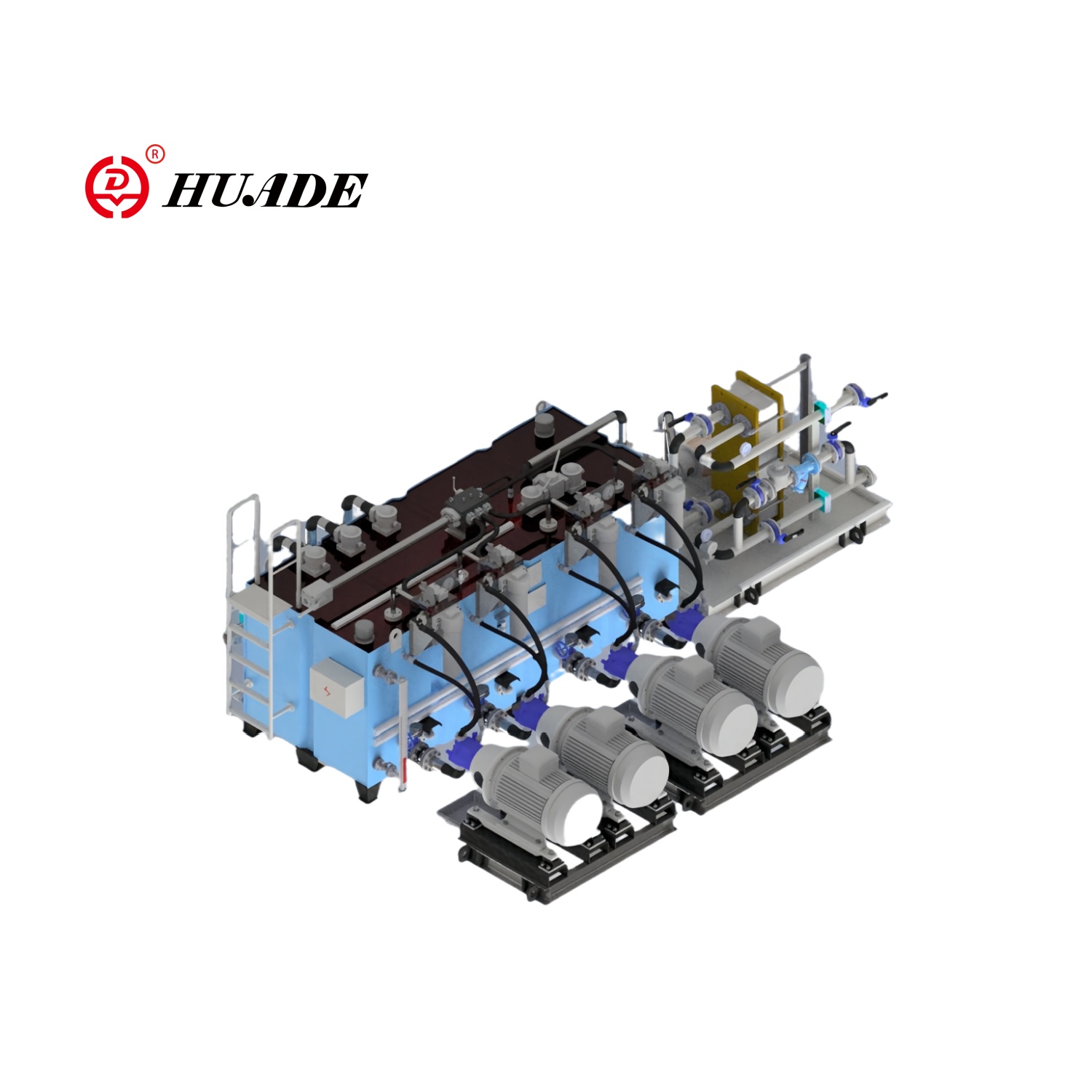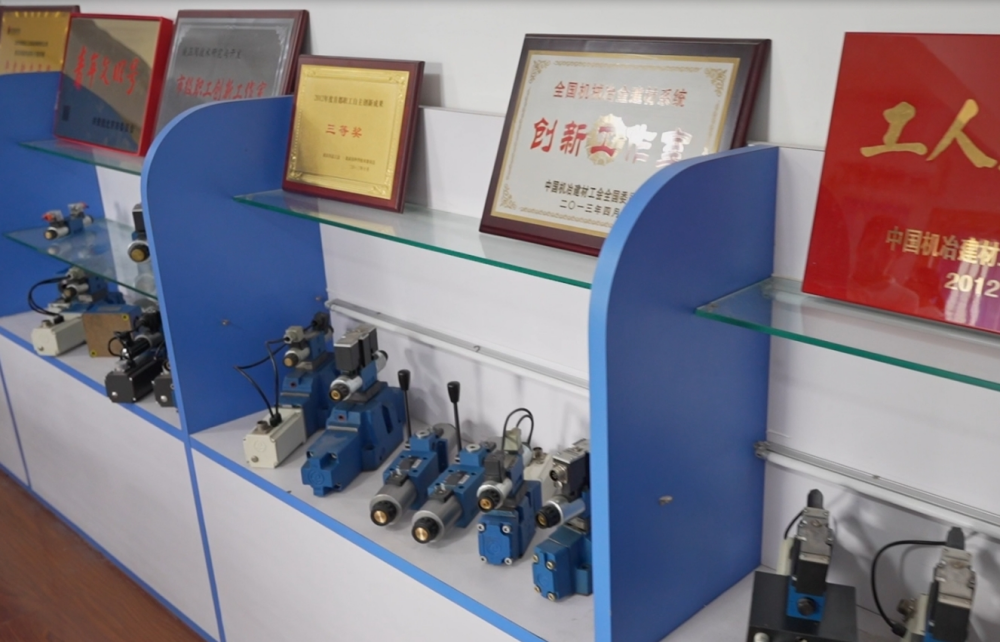Have you ever wondered how huge construction machines lift tons of concrete? Or how car factories press metal into perfect shapes? The answer is hydraulic stations!
These amazing machines are the power source behind many of the heavy-duty equipment we see every day.
What Is a Hydraulic Station?
A hydraulic station is like the heart of a hydraulic system. Just like your heart pumps blood through your body, a hydraulic station pumps special oil through machines to make them work.
Think of it as a power plant for machines. It takes regular electricity and turns it into hydraulic power - which is much stronger than regular electricity alone. This hydraulic power can lift cars, move giant cranes, and press metal into different shapes.
The main job of a hydraulic station is simple:
- Take mechanical energy (like from an electric motor)
- Turn it into hydraulic energy (pressurized oil)
- Send that power to machines that need to do heavy work
How Does a Hydraulic Station Work?
Hydraulic stations work on a simple science rule called Pascal's Law. Here's an easy way to understand it: imagine stepping on a balloon filled with water. The pressure from your foot doesn't just stay where you stepped - it pushes equally on every part of the balloon's surface. That's exactly how hydraulic systems multiply force!
Here's the process:
- Motor starts: Electric motor powers the pump
- Pressure builds: Pump pressurizes oil up to 10,000 psi
- Flow control: Valves direct oil to work areas
- Work happens: Cylinders/motors convert pressure to motion
- Return cycle: Oil flows back to tank through filters
This creates forces 1,000 times stronger than garden hose pressure!
Main Parts of a Hydraulic Station
Every hydraulic station has several important parts working together:
The Pump
Three main types serve different needs:
- Gear pumps: Simple, durable, medium pressure
- Vane pumps: Quiet, adjustable power
- Piston pumps: Highest pressure capability
The Motor
Powers the entire system. Electric motors dominate fixed installations while diesel engines serve mobile equipment.
The Tank
Stores hydraulic oil and allows cooling. Sized 2-3 times pump flow rate for optimal performance.
Valves
Control oil flow, pressure, and direction throughout the system.
Filters
Remove contaminants to protect expensive components from damage.
Coolers
Maintain proper oil temperature for consistent performance.
Sensors
Monitor system pressure, temperature, and oil condition in real-time.
Types of Hydraulic Stations
Not all hydraulic stations are the same. They come in different sizes for different jobs:
Compact Units
- Small and efficient
- Perfect for workshops and light machines
- Easy to move around
Mobile Units
- Built tough for construction sites
- Can handle dust, rain, and bumps
- Used in excavators, cranes, and farm equipment
Industrial Units
- Big and powerful
- Handle the heaviest jobs in factories
- Run for many hours without stopping
Custom Units
- Made for special jobs
- Used in airplanes, ships, and unique machines
Real-World Success Story: The London Eye
One of the most impressive examples of hydraulic station engineering is the London Eye. This giant observation wheel uses 32 hydraulic stations to control its passenger capsules. Each station must work perfectly - imagine if one failed while people were 400 feet in the air!
The engineers faced unique challenges:
- Precision Control: Each capsule must stay level as the wheel turns
- Weather Resistance: Systems work in rain, snow, and strong winds
- Safety Redundancy: Multiple backup systems prevent failures
- Quiet Operation: Can't disturb the peaceful ride experience
The result? A hydraulic system so reliable that the London Eye has operated safely for over 20 years, carrying more than 3.75 million visitors annually.
Where Are Hydraulic Stations Used?
You'll find hydraulic stations working hard in many places:
Factories: Running the presses that shape car parts, the machines that make plastic bottles, and the conveyors that move products.
Farms: Helping tractors lift heavy plows, combines harvest grain, and loaders move hay bales.
Transportation: Lifting cars in repair shops, moving airplane parts, and steering big ships.
Everyday Life: Even in car washes, garbage trucks, and wheelchair lifts!
How to Design a Good Hydraulic Station
Creating a hydraulic station requires matching the right components to specific job requirements:
Step 1: Define Your Needs
- Required force and speed
- Operating schedule (continuous vs. intermittent)
- Environmental conditions
Step 2: Select Core Components
- Pump type based on pressure requirements (3,000-10,000 psi range)
- Motor size matching power needs
- Tank sized 2-3 times pump flow for proper cooling
Step 3: Add Control and Safety Systems
- Filtration level matching component tolerances
- Cooling capacity for expected heat load
- Monitoring systems for pressure and temperature
Making Hydraulic Stations More Efficient
Smart engineers have found ways to make hydraulic stations use less energy:
Variable Speed Controls: These adjust the motor speed to match what's needed, like cruise control for hydraulic systems.
Smart Controls: Computer systems that learn when power is needed and when it can be saved.
Better Pumps: New pump designs waste less energy and work more precisely.
Heat Recovery: Some systems capture waste heat and use it for other purposes.
Taking Care of Your Hydraulic Station
Like any machine, hydraulic stations need regular maintenance to work well:
Daily Checks
- Look at oil level
- Check for leaks
- Make sure nothing looks broken
Weekly Tasks
- Check filter indicators
- Clean control panels
- Look for unusual wear
Monthly Jobs
- Change dirty filters
- Clean air intakes
- Inspect all connections
Yearly Maintenance
- Change all the oil
- Replace worn seals
- Test all safety systems
Common Problems and How to Fix Them
Even well-maintained hydraulic stations can have problems:
Low Pressure: Usually means air got into the system or something is leaking. Check all connections and bleed out air.
Overheating: Often caused by dirty coolers or low oil levels. Clean the cooler and check oil.
Noisy Operation: Usually means air bubbles in the oil or the pump is working too hard. Check oil level and inlet restrictions.
Slow Movement: Could be internal leaks or wrong valve settings. Test all valves and look for leaks.
Safety First!
Hydraulic systems are powerful and can be dangerous if not handled properly:
- Always wear safety glasses and gloves
- Never touch hot surfaces or high-pressure lines
- Keep the work area clean and organized
- Follow all manufacturer instructions
- Get proper training before operating equipment
The oil in hydraulic systems is under tremendous pressure - it can actually cut through skin! Always respect the power of these systems.
The Future of Hydraulic Stations
Technology is revolutionizing hydraulic systems with measurable improvements:
Smart Monitoring Systems
- Real-time equipment monitoring reduces unplanned downtime
- Predictive maintenance systems prevent 80% of unexpected failures
- IoT sensors track oil quality and component wear
Energy Efficiency Advances
- Variable frequency drives cut energy consumption by 15-30%
- Power-on-demand systems reduce oil usage by up to 90%
- Hybrid electric-hydraulic designs improve overall efficiency by 40%
Environmental Improvements
- Biodegradable hydraulic fluids match traditional oil performance
- Closed-loop systems eliminate environmental contamination
- Heat recovery systems capture waste energy for reuse
Digital Design Tools
- Virtual testing reduces development time and costs
- Computer simulations prevent failures before they occur
- Digital modeling optimizes system performance before construction
Note: Performance figures represent industry-standard improvements reported by major hydraulic equipment manufacturers and are typical results rather than guaranteed outcomes.
Why Hydraulic Stations Matter
Hydraulic stations might not be glamorous, but they're essential for modern life. They help build our homes, grow our food, make our cars, and move our stuff. Without them, construction would be much slower, factories couldn't make products efficiently, and many of the conveniences we enjoy wouldn't exist.
The next time you see a crane building a skyscraper or watch a garbage truck lift a dumpster, remember that there's probably a hydraulic station working hard behind the scenes!
Getting Started
If you're interested in learning more about hydraulic stations:
- Watch Videos: YouTube has great animations showing how these systems work
- Visit Factories: Many companies offer tours where you can see hydraulic systems in action
- Take Classes: Community colleges often have courses on hydraulic systems
- Read Manuals: Equipment manufacturers publish detailed guides
- Talk to Experts: Technicians and engineers love sharing their knowledge
Hydraulic stations are fascinating machines that combine simple physics with clever engineering. Understanding how they work helps us appreciate the technology that powers our modern world. Whether you're considering a career in engineering or just curious about how things work, hydraulic stations are definitely worth learning about!


